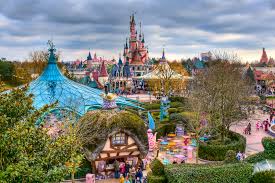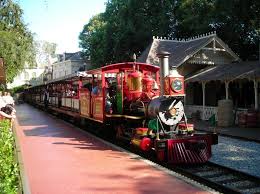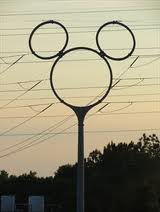Some thoughts on last week’s topic from the authors…
“After doing some research on how Disney’s parks make an effort to engage in sustainable tourism, it has really made me interested in how the tourism industry as a whole deals with the environment. I think now wherever I travel I will keep in mind what Disneyland does to promote environmental sustainability.” –Isabel
“Wow, what a week! It has been a blistering cold few days in Boulder and after learning about all the great things Disney World Park is doing to promote sustainability I can’t dismiss that fact that a vacation to the park in Florida sounds pretty good…for many reasons! Thanks for following us and stay tuned for another round of great information about Disney CSR!” –Jonathan
“It is a peculiar thought to think about all the things that go into running the Disney Parks that we are not even aware of. After reading about the parks and resorts worldwide, I am inspired by Disney’s ability to expand while improving their standard of quality. I think other business can learn a lot from Disney’s practices. I now have a strong desire to go to their resorts because I know my money will be well spent.” –Carli
“After learning all about Disney’s environmental stewardship, I value the company so much more. Their efforts in sustainable tourism are beyond other companies, which makes them a leader in their industry. I would love to go on a Disney vacation due to their love for the environment.” –Alyssa
Thank you all for following our blog! It has been a great experience for all of us. I am sad to say this upcoming week will be our final week of blogging. The last few blogs will be the authors choice so stay tuned!






